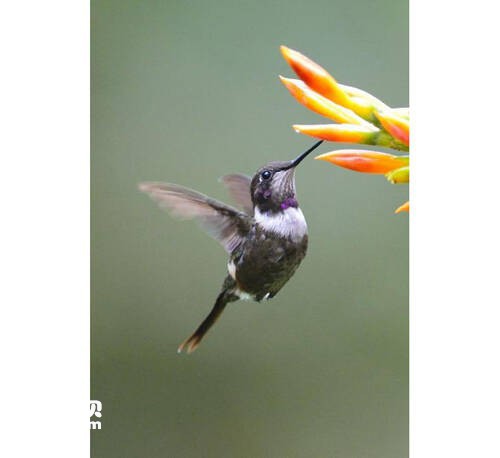
Coeligena violifer
Coeligena violifer,Violet-throated Starfronlet
The species is known as Coeligena violifer and Violet-throated Starfronlet.P···
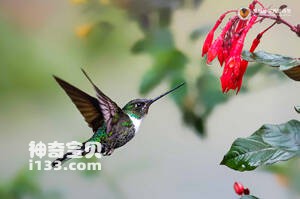
Coeligena torquata
Coeligena torquata,Collared Inca
The bird's scientific name is Coeligena torquata, and its foreign name i···
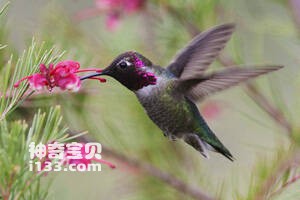
Coeligena prunellei
Coeligena prunellei,Black Inca
Black star fronted hummingbird scientific name Coeligena prunellei, foreign ···
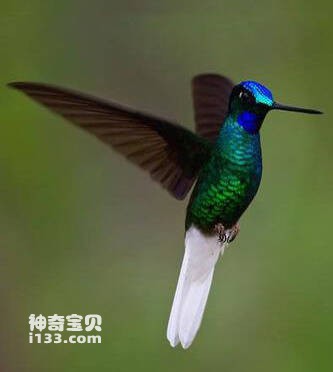
Coeligena phalerata
Coeligena phalerata,White-tailed Starfrontlet
The bird's scientific name is Coeligena phalerata, and its foreign name ···
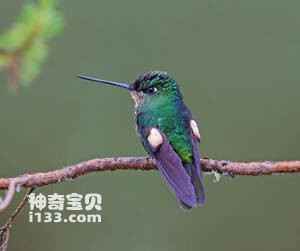
Coeligena lutetiae
Coeligena lutetiae,Buff-winged Starfronlet
The species is known as Coeligena lutetiae and Buff-winged Starfronlet. Its ···
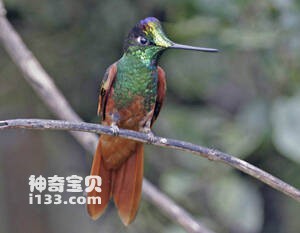
Coeligena iris
Coeligena iris,Rainbow Starfronlet
Rainbow starfronted hummingbird scientific name Coeligena iris, foreign name···
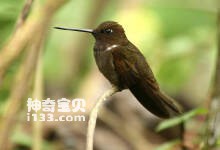
Coeligena inca
Coeligena inca,Gould's Inca
Rusty-thorax star fronted hummingbird scientific name Coeligena inca, foreig···
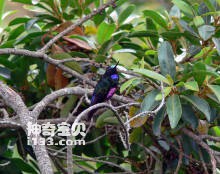
Coeligena helianthea
Coeligena helianthea,Blue-throated Starfronlet
The Blue-throated Starfronlet is known as Coeligena helianthea and blue-thro···
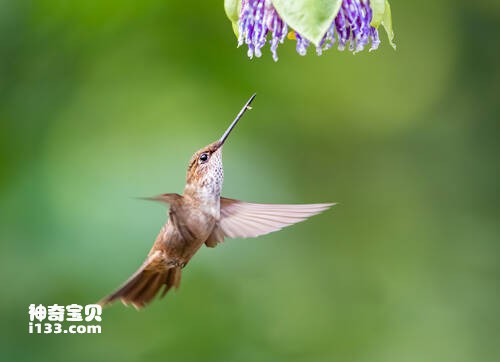
Coeligena coeligena
Coeligena coeligena,Bronzy Inca
The copper star fronted hummingbird's scientific name is Coeligena coeli···
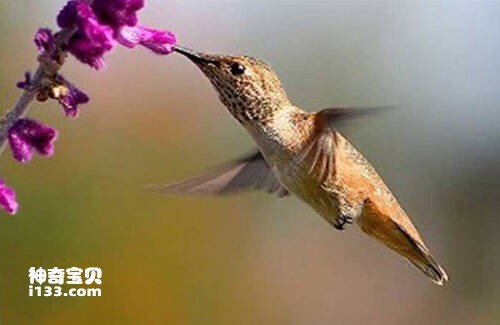
Coeligena eos
Coeligena eos,Golden Starfronlet
Golden star fronted hummingbird scientific name Coeligena eos, foreign name ···
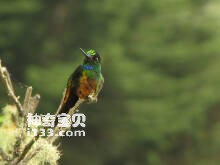
Coeligena bonapartei
Coeligena bonapartei,Golden-bellied Starfronlet
The bird's scientific name is Coeligena bonapartei, and its foreign name···
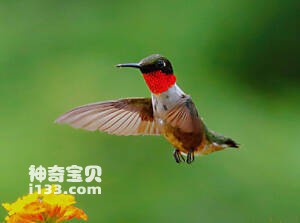
Clytolaema rubricauda
Clytolaema rubricauda,Brazilian Ruby
The Ruby hummingbird is known as Clytolaema rubricauda, Brazilian Ruby, and ···

Chrysuronia oenone
Chrysuronia oenone,Golden-tailed Sapphire
Chrysuronia oenone, or Golden-tailed Sapphire, is an unknown species.Protect···
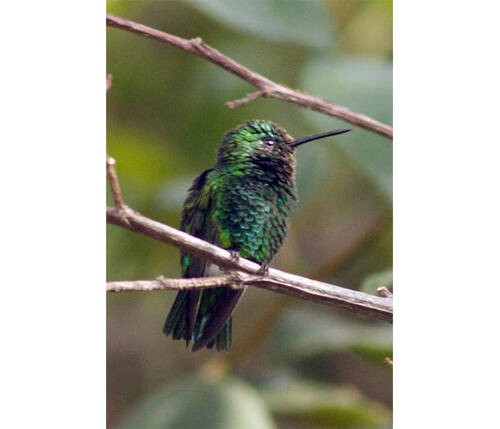
Chlorostilbon stenurus
Chlorostilbon stenurus,Rufous-vented Ground Cuckoo
Chlorostilbon stenurus, Rufous-vented Ground Cuckoo, is not known.Protect wi···
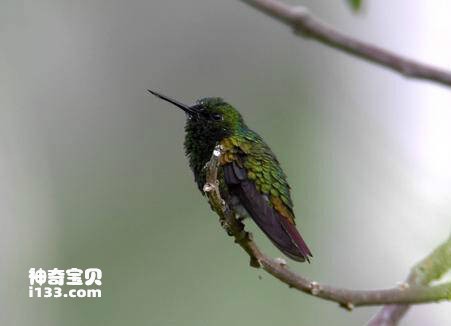
Chlorostilbon russatus
Chlorostilbon russatus,Coppery Emerald
The Coppery Emerald, Chlorostilbon russatus and Coppery emerald, is unknown.···
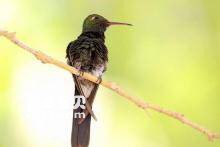
Chlorostilbon ricordii
Chlorostilbon ricordii,Cuban Emerald
Cuban green hummingbird scientific name Chlorostilbon ricordii, foreign lang···
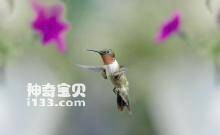
Chlorostilbon poortmani
Chlorostilbon poortmani,Short-tailed Emerald
Chlorostilbon poortmani, Short-tailed Emerald, is an unknown species.Protect···
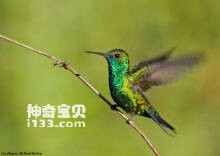
Chlorostilbon notatus
Chlorostilbon notatus,Blue-chinned Sapphire
The blue-chin hummingbird is Chlorostilbon notatus, Blue-chinned Sapphire, a···
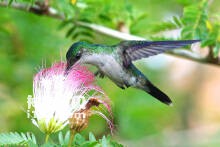
Chlorostilbon mellisugus
Chlorostilbon mellisugus,Blue-tailed Emerald
The Blue-tailed hummingbird is Chlorostilbon mellisugus and blue-tailed Emer···
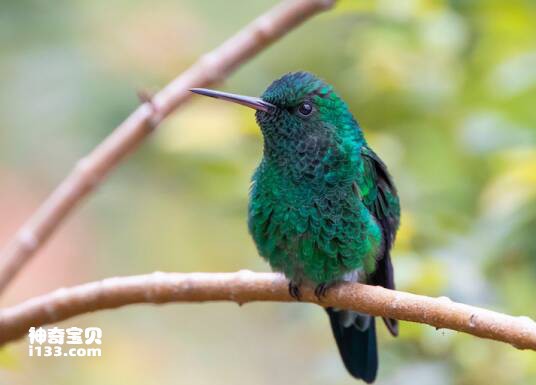
Western Emerald
Western Emerald,Chlorostilbon melanorhynchus
The Western Emerald hummingbird (Chlorostilbon melanorhynchus) is an unknown···
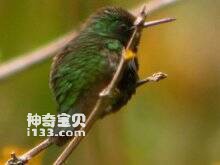
Chlorostilbon maugaeus
Chlorostilbon maugaeus,Puerto Rican Emerald
The bird's scientific name is Chlorostilbon maugaeus, and its foreign na···
